The Estonian Song Celebration (Laulupidu) is a unique event, which every five years brings together a huge choir of 25,000 people for a weekend in July. More than 100,000 spectators enjoy the concerts and sing along to the most popular songs.*
The festivals have become the main anchor of Estonian identity. Twice the song celebrations have led to Estonia’s independence.
In the 19th century, the choirs and song celebrations were at the core of the national awakening of Estonian peasants, who discovered the value of their own language and cultural heritage through singing. The national awakening and establishment of identity led to Estonian independence in 1918.
After WWII, during the Soviet occupation, the song celebrations helped keep the national identity alive. In 1988, several hundred thousand people gathered at the Song Festival grounds and sang for freedom for many days and nights. The Singing Revolution helped end the Soviet rule and indirectly led to Estonia’s independence once again in 1991.
The timeline below highlights the most important instances of this unique Estonian tradition.
Song Celebration timeline
1869
The first Estonian Song Celebration was held in Tartu with 878 male singers and brass musicians. All of the songs were in Estonian.
The publisher Johann Voldemar Jannsen initiated the Song Celebration as part of the Estonian national awakening movement. Simple peasants discovered that their traditions could be part of high culture. Jannsen’s daughter, Lydia Koidula, whose sobriquet means “Lydia of the Dawn”, was the author of lyrics for two Estonian songs, “Sind surmani” and “Mu isamaa on minu arm”, both of which are still in the repertoire today. Lydia Koidula, also referred to as Koidulaulik – “Singer of the Dawn”, was also involved in the preparations of the scores and fund-raising; quite an unusual role for a woman at that time.
1880
The third festival was held in Tallinn for the first time. A year later, Finland arranged its first nation-wide song and music celebration.
1891
At the fourth festival, mixed choirs participated for the first time. In spite of the efforts by the Russian czar to ensure the dominance of Russian language in public life, more than half of the songs were in Estonian, among them songs by Miina Härma, Estonia’s first female composer. Singers spontaneously joined in today’s Estonian anthem “Mu isamaa, mu õnn ja rõõm” by Fredrik Pacius. In the years to come, choral singing remained the only cultural activity conducted in Estonian, as the Russian emperor required all official matters and education to be handled in Russian.
1894
For the first time, choirs from Estonian settlements in Russia participated at the fifth festival in Tartu. The anthem by Pacius was sung again.
1896
Starting with this the sixth Laulupidu, the festivals have been held in Tallinn.
1910
The festival was held in Tallinn with children’s choirs among the performers for the first time. Mihkel Lüdig, whose “Koit” (Dawn) is the current opening song, was the artistic director of the celebration and offered a complicated repertoire.
1923
The eighth festival and the first one in independent Estonia, was held on a permanent stage in Tallinn, which accommodated 12,000 singers. The first aerial photograph was taken and the first film of the celebration was shot. With the Song Celebration of 1923, the tradition of holding the festival every five years was started.
1928
The ninth festival was the first one held in today’s Song Festival grounds in Tallinn; the new stage designed by the architect Karl Burman accommodated 15,000 singers.
1933
Female choirs participated for the first time; the first radio broadcast from the festival.
1938
In the eleventh Laulupidu, Gustav Ernesaks conducted the choirs for the first time, and his music was performed. In 1944, he wrote the music for “Mu isamaa on minu arm”, with the lyrics of Lydia Koidula, during his deportation to Russia. Five days later, the Soviet army bombed Tallinn and destroyed the Estonia opera house, the national broadcasting centre and the conservatory, among many other buildings. In 1944, more than 70,000 Estonians fled the country to the west, among them many well-known musicians. In 1946, the first large Estonian Song Festival was held in Germany; later they were held in Sweden, the USA, Canada, Australia and the UK.
1947
The twelfth and the first post-war song festival, with Gustav Ernesaks as one of the artistic directors. In spite of massive Soviet propaganda, the repertoire was mostly traditional. People were arrested even at the Song Festival grounds. Ernesaks’s “Mu isamaa on minu arm” was performed for the first time. In 1950, another wave of Soviet repression swept up the Song Celebration artistic directors Alfred Karindi, Riho Päts and Tuudur Vettik.
1950
The darkest chapter in the Song Celebration history. In the thirteenth Laulupidu, Soviet propaganda songs dominated the repertoire; choirs of Soviet miners and the army choir were among the participants. During the dark era of Soviet oppression, choir singing remained one of the few areas where private initiative and trust were still present. This helped keep the longing for freedom alive. In spite of the schizophrenic situation, most Estonians held the Song Celebration dear as the most important national event.
1960
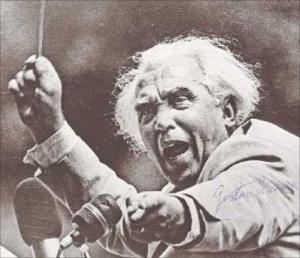 By the fifteenth festival, the new Song Festival stage, by the architect Alar Kotli, had been built. Before the concert, “Mu isamaa on minu arm” was removed from the programme. However, choirs started to sing it spontaneously and, after a moment’s hesitation, Ernesaks climbed up to the conductor’s stand and started to conduct. Since then, the song has been the most anticipated and the “compulsory” finale of the celebration.
By the fifteenth festival, the new Song Festival stage, by the architect Alar Kotli, had been built. Before the concert, “Mu isamaa on minu arm” was removed from the programme. However, choirs started to sing it spontaneously and, after a moment’s hesitation, Ernesaks climbed up to the conductor’s stand and started to conduct. Since then, the song has been the most anticipated and the “compulsory” finale of the celebration.
1969
The first centennial of the song celebrations with the flame being lit for the first time in Tartu, the birthplace of the celebrations, and carried through Estonia to Tallinn. The repertoire of the seventeenth festival was a lot more traditional compared with the Soviet propaganda-filled celebrations before and after. “Koit” (Dawn) by Mihkel Lüdig became the traditional opening song.
1972
Exiled Estonians organised the first ESTO, with a worldwide Estonian Song celebration as its focus, in Toronto, Canada. Estonian dissidents sent a letter to the United Nations demanding the restoration of Estonia’s independence. At the end of 1970s, the Soviet army invaded Afghanistan and many Estonians were drafted.
1980
The nineteenth festival was part of the cultural programme of the Moscow Olympic Games, which were boycotted by most of the free world. The Soviet authorities increased pressure on dissidents, and the well-known Estonian musicians Arvo Pärt and Neeme Järvi emigrated to the West.
1985
The twentieth festival saw the participation of male, mixed, female, boys’ and Russian choirs, as well as brass orchestras, violin ensembles and choirs of Russian war veterans. Of the 82 songs on the programme, only 48 were written by Estonian composers.
1988
Alo Mattiisen’s “Five Patriotic Songs” were performed at the Tartu Pop Music Days in May. The Singing Revolution started at the Tallinn Song Festival grounds in June. Thousands of people flocked to the spontaneous singing gatherings night after night; in the end, there were many hundred thousand people.
1990
Although formally still in the Soviet Union, the twenty-first Song Celebration was dominated by traditional symbols and repertoire. The concert finished with “Mu isamaa, mu õnn ja rõõm”, the former and current Estonian anthem, which was banned by the Soviets. Estonia’s independence was restored a year later, on 20 August 1991.
1994
The first celebration after the restoration of independence. The festival celebrated its 125th anniversary.
1999
Young children’s choirs participated for the first time. President Lennart Meri was quoted as saying, “The Song Celebration is not a matter of fashion. The Song Celebration is a matter of the heart.” Even though Estonia was independent now and the cultural identity was not threatened by foreign powers, people still considered the Song Celebration a matter of pride and joy ,which needed to live on.
2003
The Estonian, Latvian and Lithuanian Song and Dance Celebrations were listed as UNESCO oral and intangible heritage.
2004
The statue of Gustav Ernesaks was unveiled at the Tallinn Song Festival grounds. Due to heavy rain, the official procession was cancelled, but singers and dancers still spontaneously joined the march following the call of the maestro Eri Klas.
2004
The American filmmakers, Maureen and James Tusty, started a documentary about Estonian song festivals and the Singing Revolution. On 1 December 2006, The Singing Revolution premiered at the Black Nights Film Festival in Tallinn, Estonia.
The authors said: “We had made the film for the rest of the world, but we could think of no better venue for our international premier. We were deeply touched by the fifteen-minute standing ovation the Estonian audience gave us. It is not just a story about Estonia – it’s also a story about humankind’s irrepressible drive for freedom and self-determination.”
2009
“To breathe as one”: beginning with this festival, besides music a message of values was established, with the first being the connection between generations. “Breathing as one” became a new idiom in the Estonian language.
Singers started a wave of raised hands travelling from the top of the stage to the last row of the audience, resulting in an ecstatic melting together of the performers and audience.
2014
“Touched by Time. The Time to Touch.” A record-breaking number of participants – 42,000 singers, dancers and musicians – filled three days of celebration with dance and music.
The first concert of the Song Celebration, on 5 July, took the audience on a musical journey through the history of the celebrations, from 1869 to present day. The second concert, on 6 July, presented classical pieces along with new repertoire commissioned for this celebration in a seven-hour musical marathon.
2019
The XXVII Song and XX Dance Celebration is entitled “My Fatherland is My Love”. Participating in the Song Celebration are 1,020 choirs, which include over 35,000 singers. The youngest participant is Emma Kannik (5) from Musamari Koorikool (Tallinn) and the oldest is Aino (90) from the New York Estonian Choir.
The smallest choir of 12 singers is Kauksi Primary School Choir and the largest is the European Estonian Choir, with 123 singers. The latter is not the only expat choir – 25 Estonian choirs from abroad and 17 foreign choirs are performing at the celebration.
The Dance Celebration involves 713 dance groups – including 15 Estonian expat groups – with 11,500 dancers. This is the largest Dance Celebration of all times.
Cover: The Song Celebration in 2014. * This article was originally published on 4 July 2014, in collaboration with Life in Estonia magazine. It was lightly edited and amended on 4 July 2019.

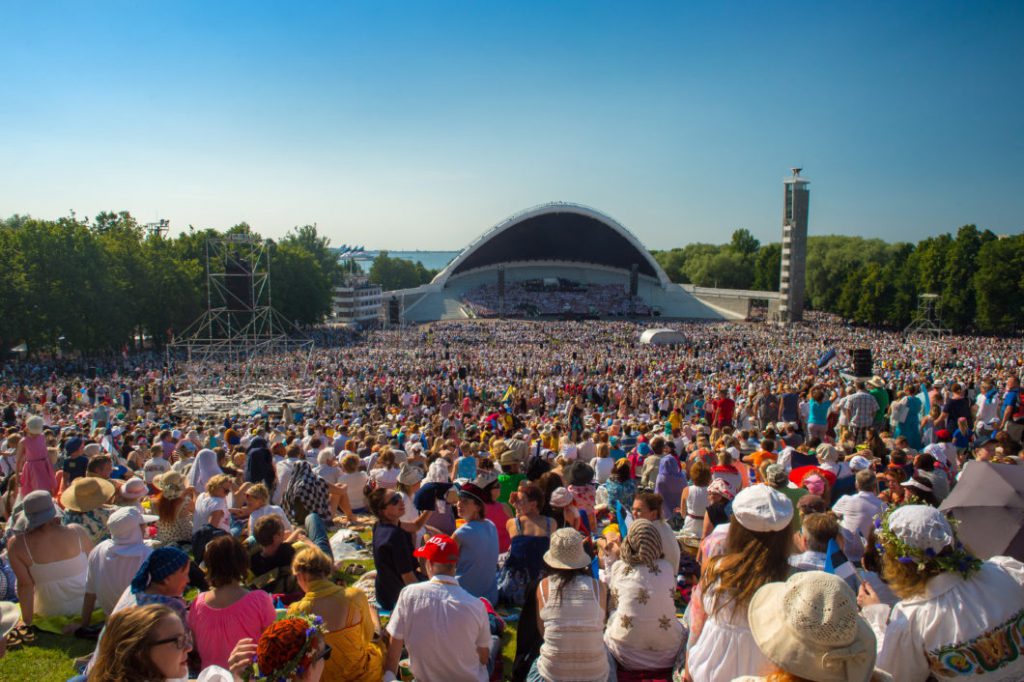
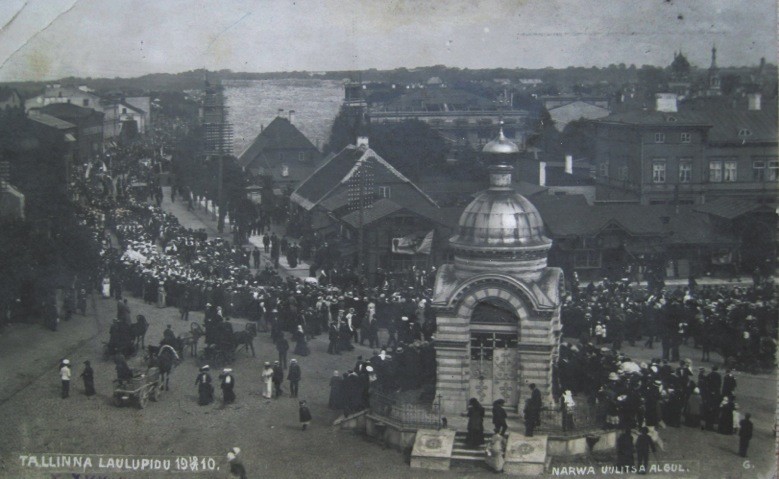

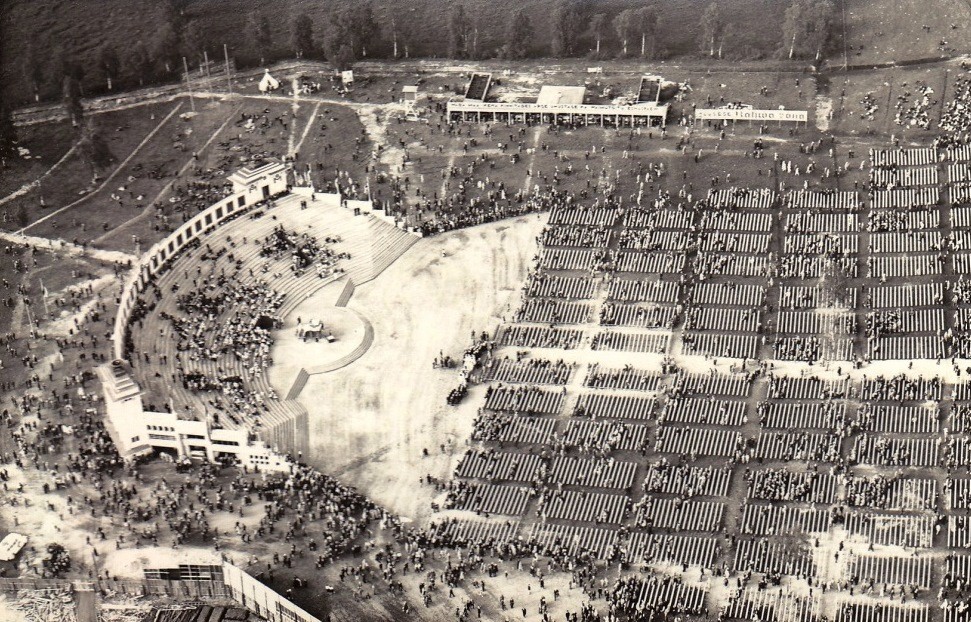

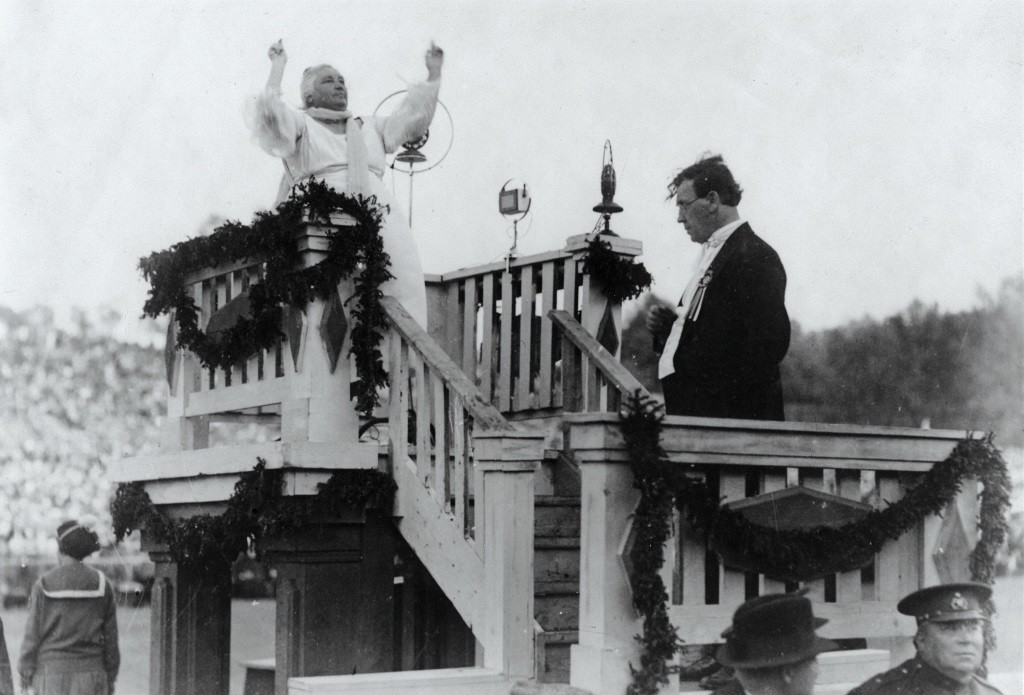
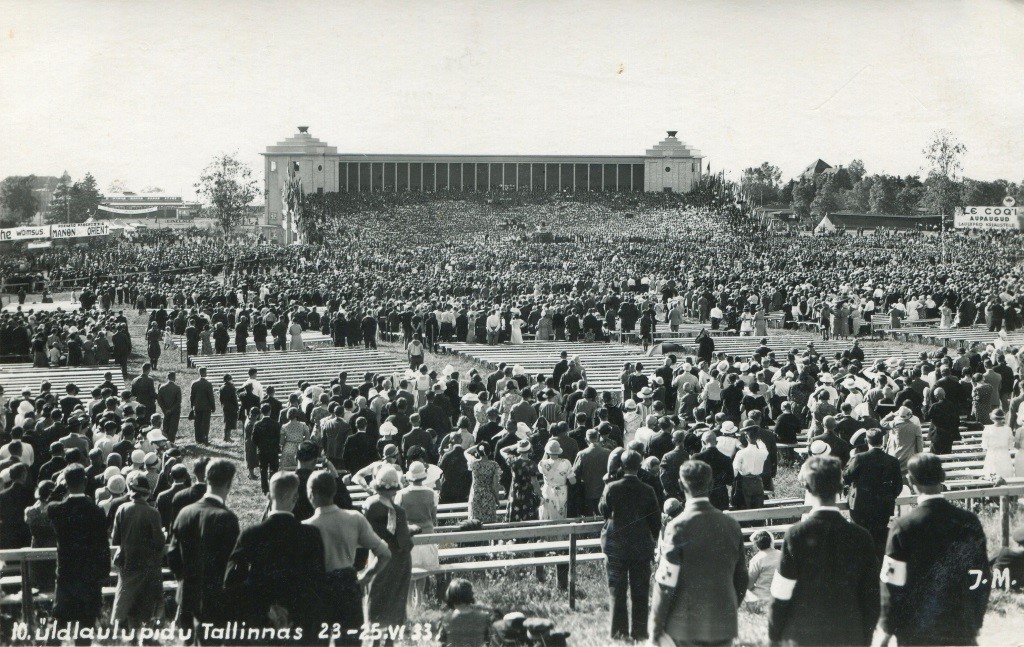
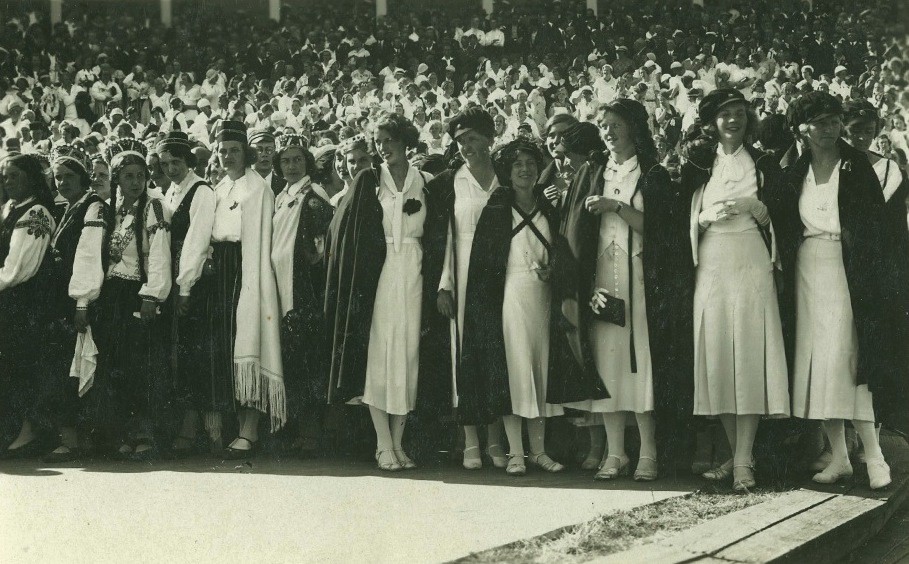
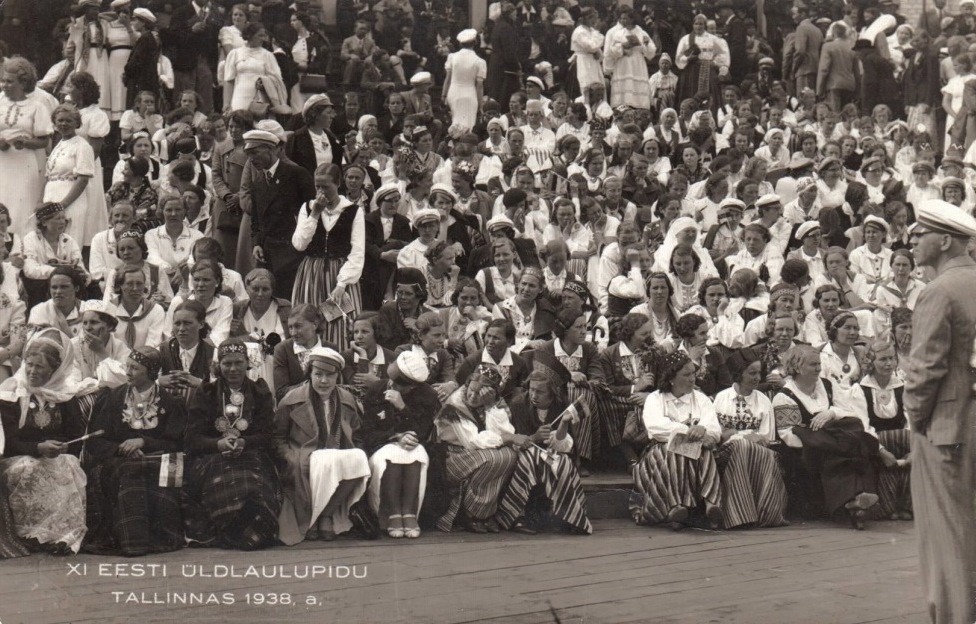
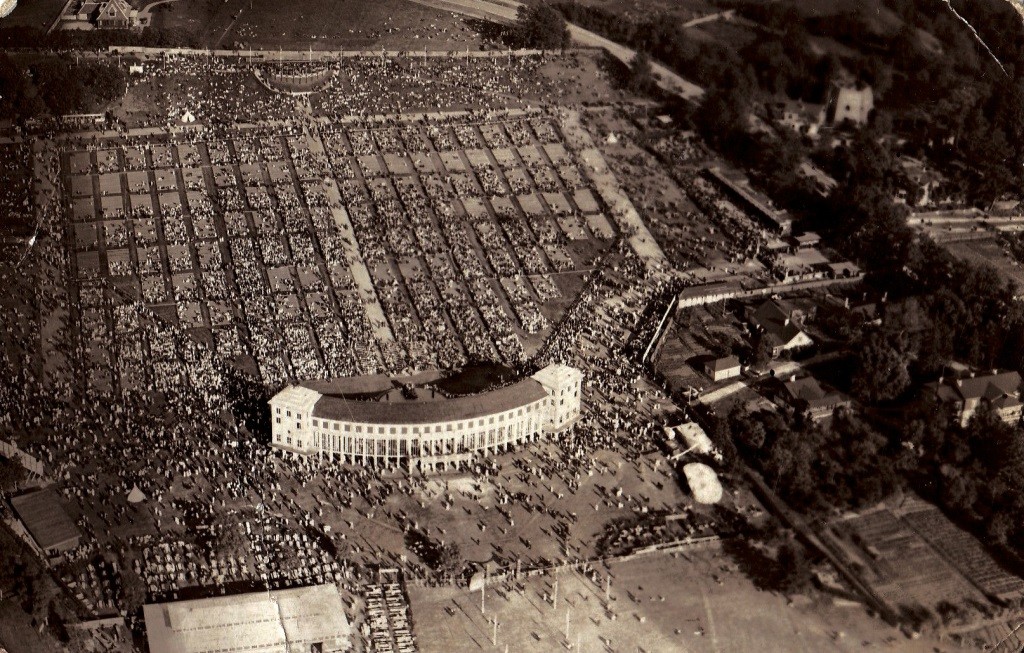
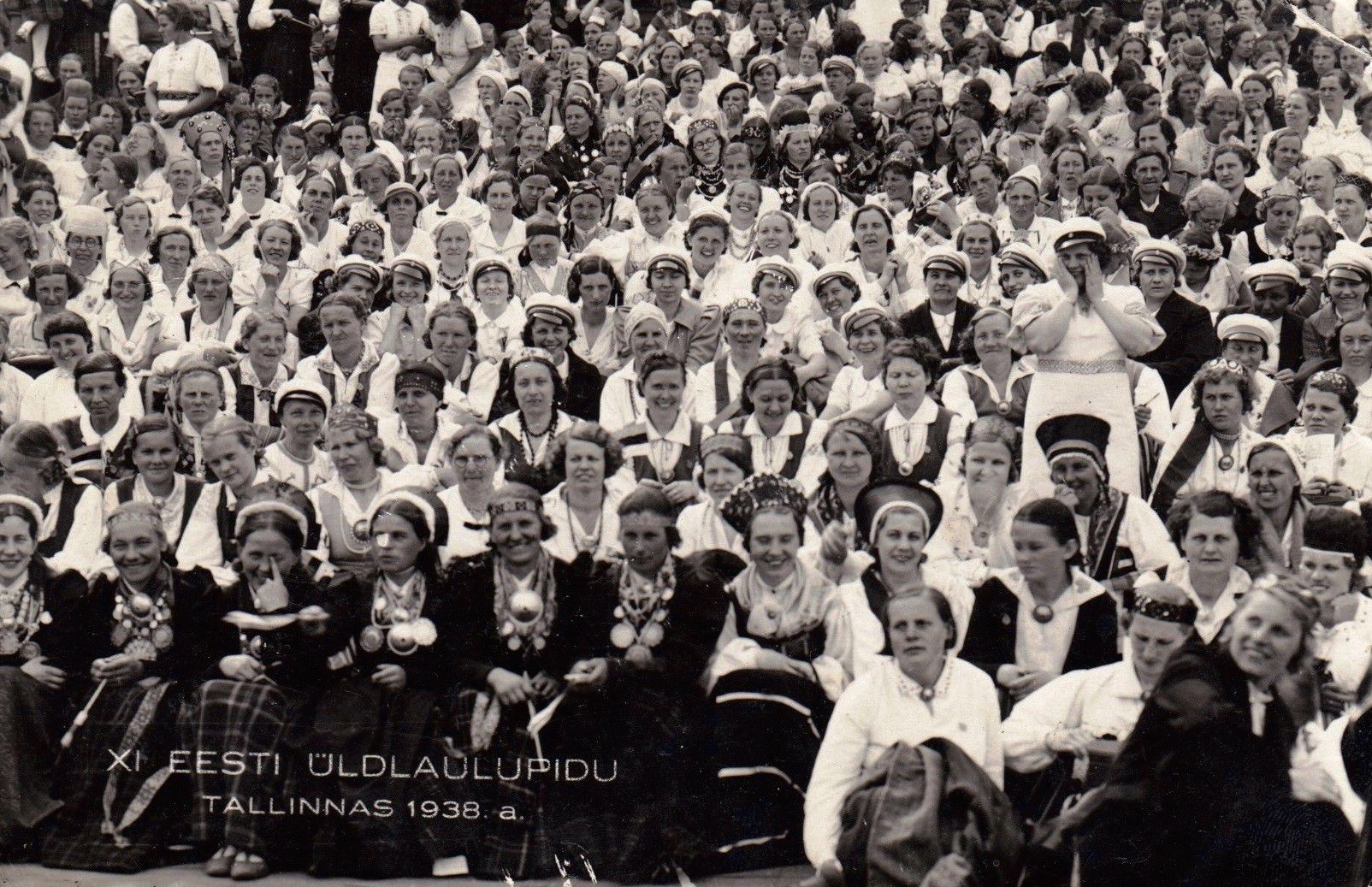
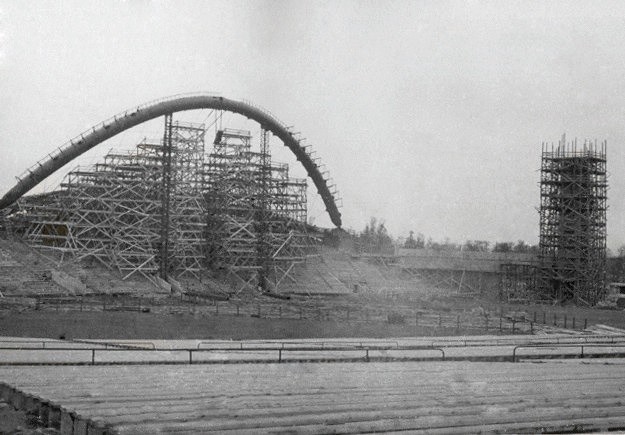
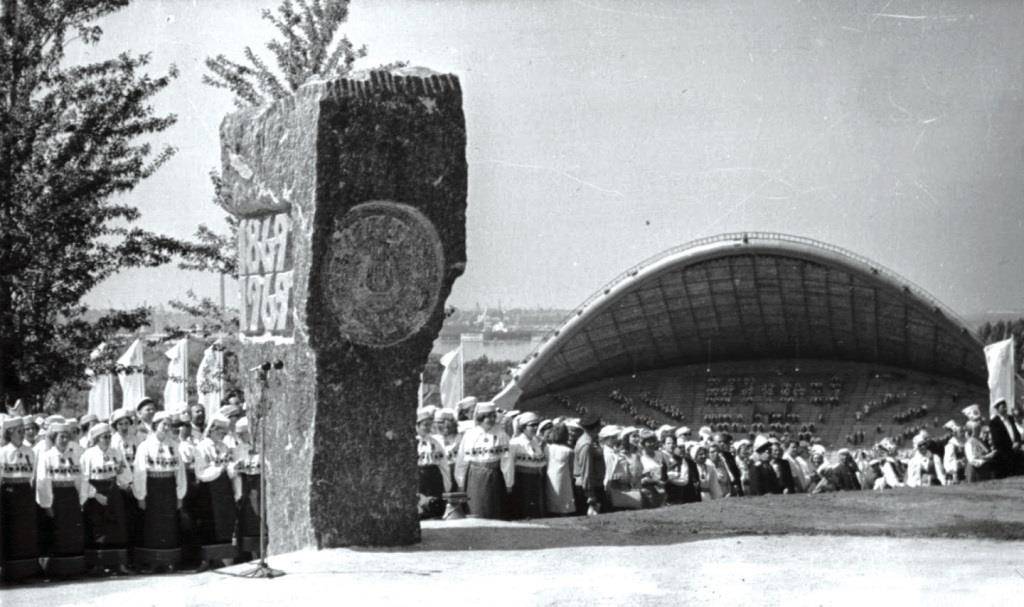
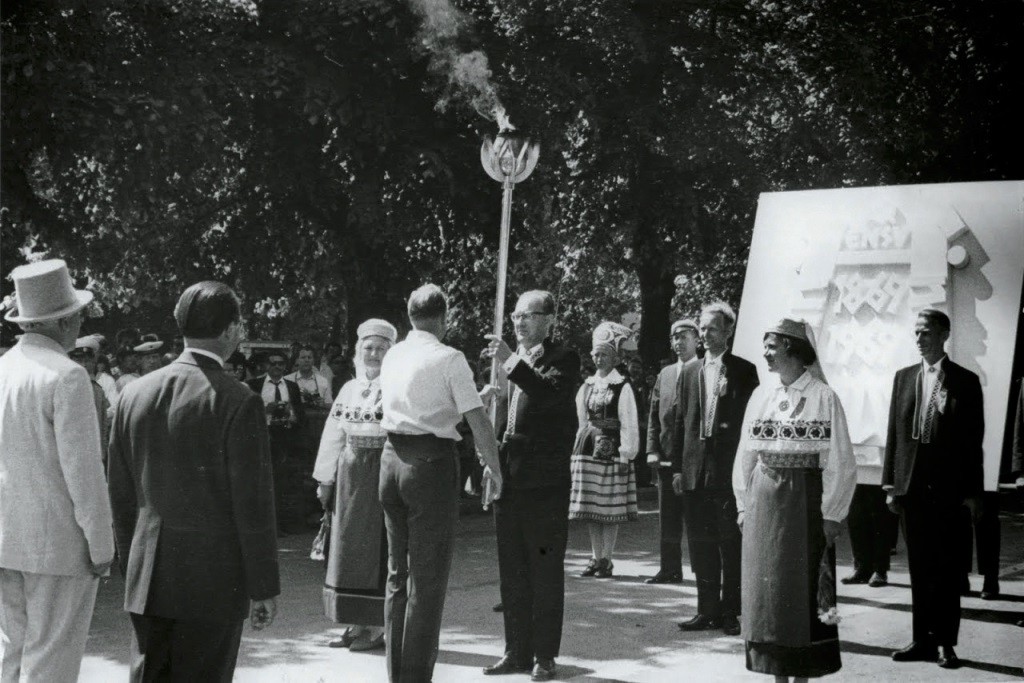
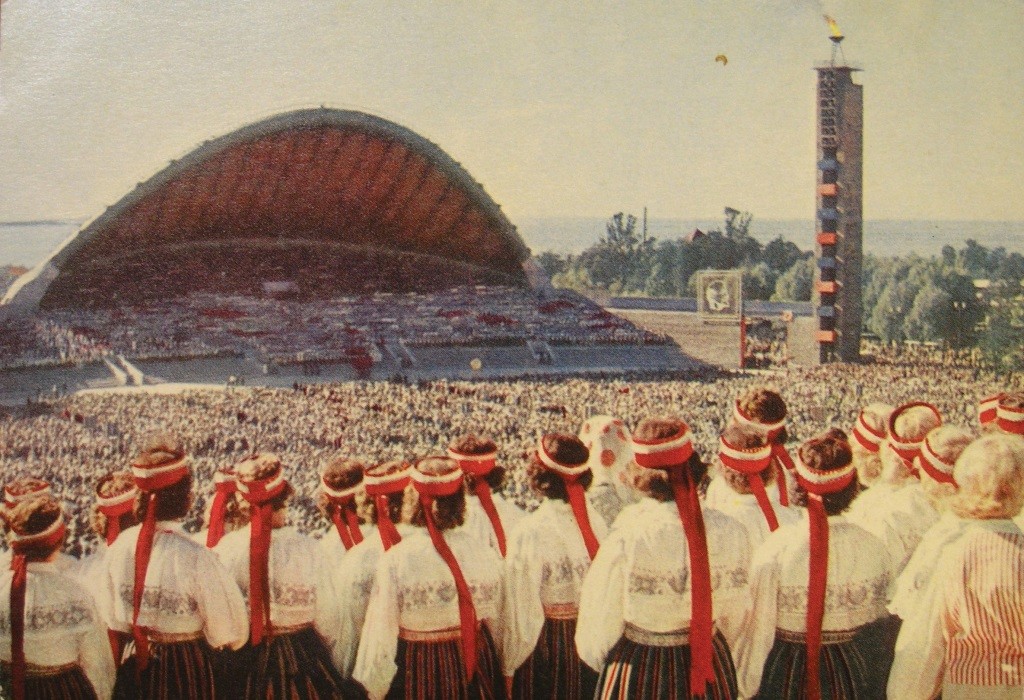
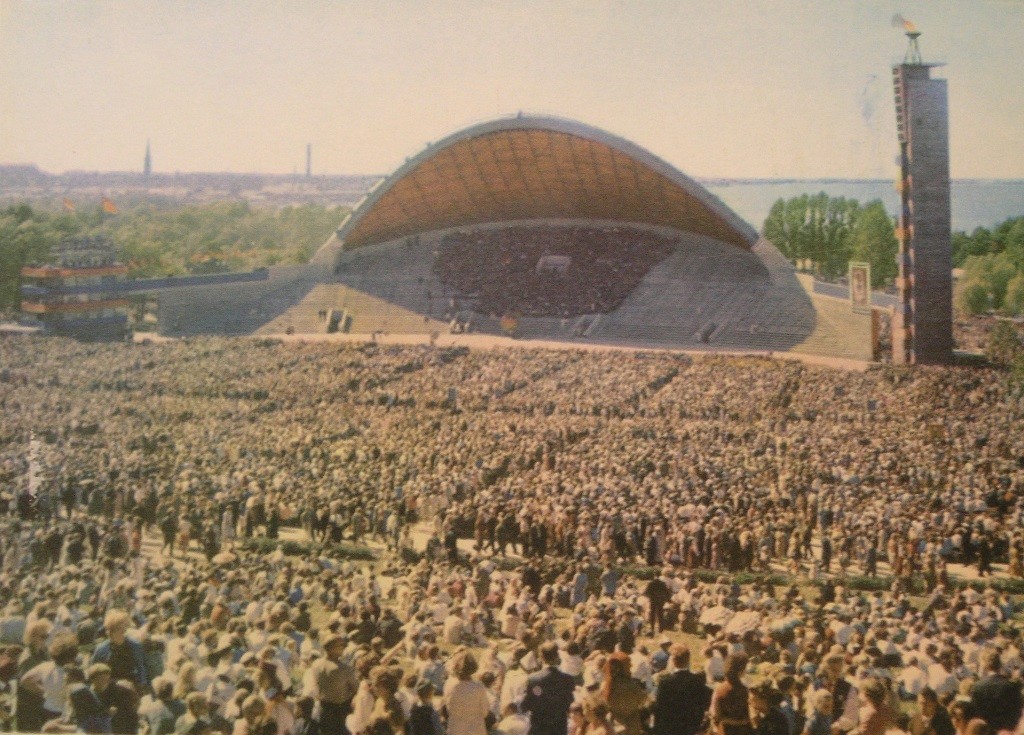

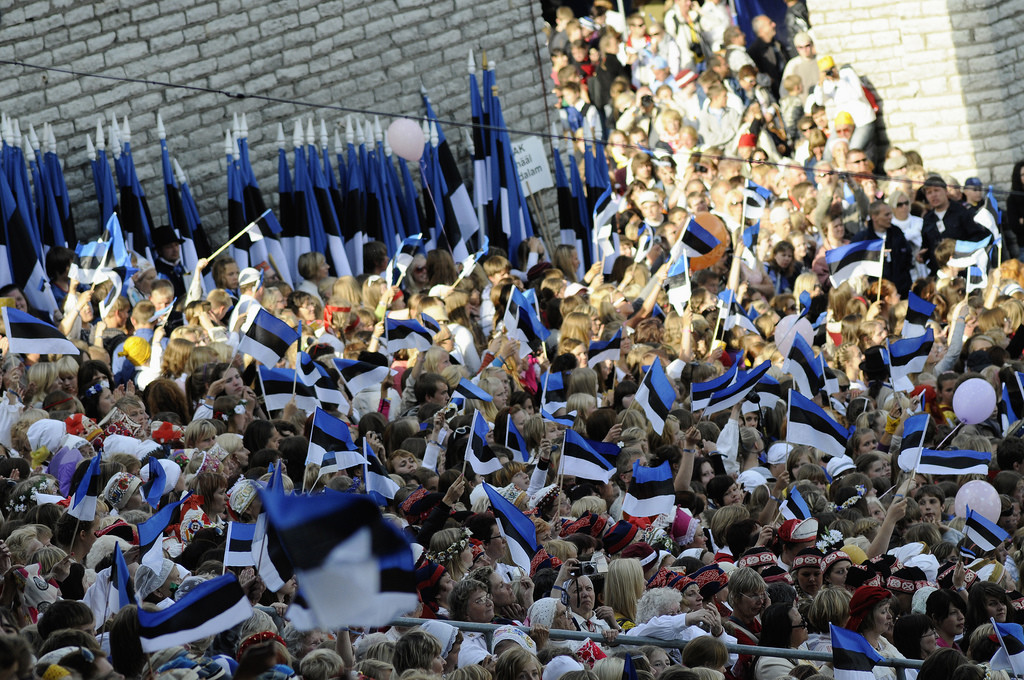
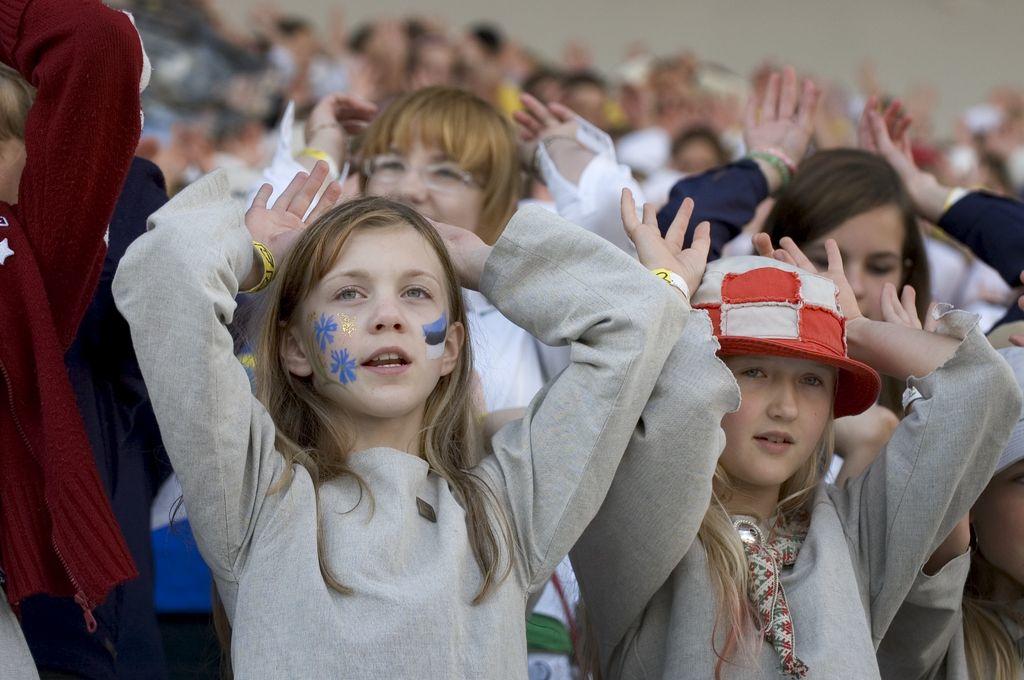
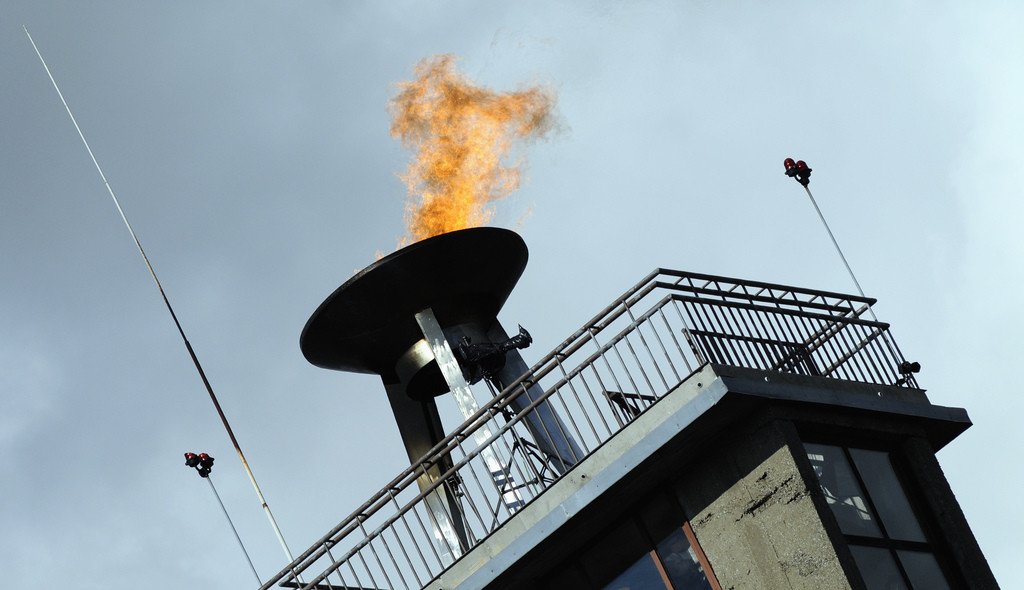
1969 I had planned a trip to Europe right around July 4th. My father said if I left a few days early and went to Estonia first he would pay half my air fare. Sold. I had no idea what to expect. I don’t remember them saying all that much about the song festival. I spent Saturday afternoon and Sunday at the festival grounds. It was positively awesome – the colors, the music, the crowds – spectacular.